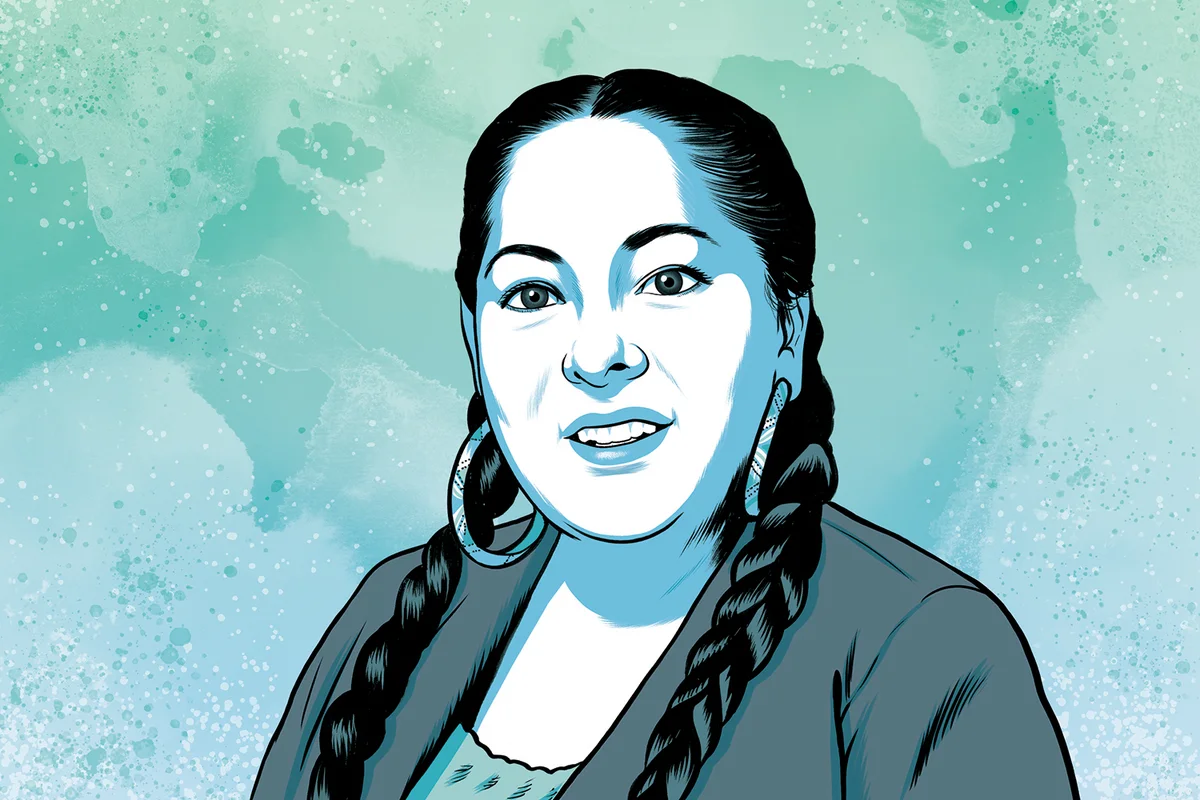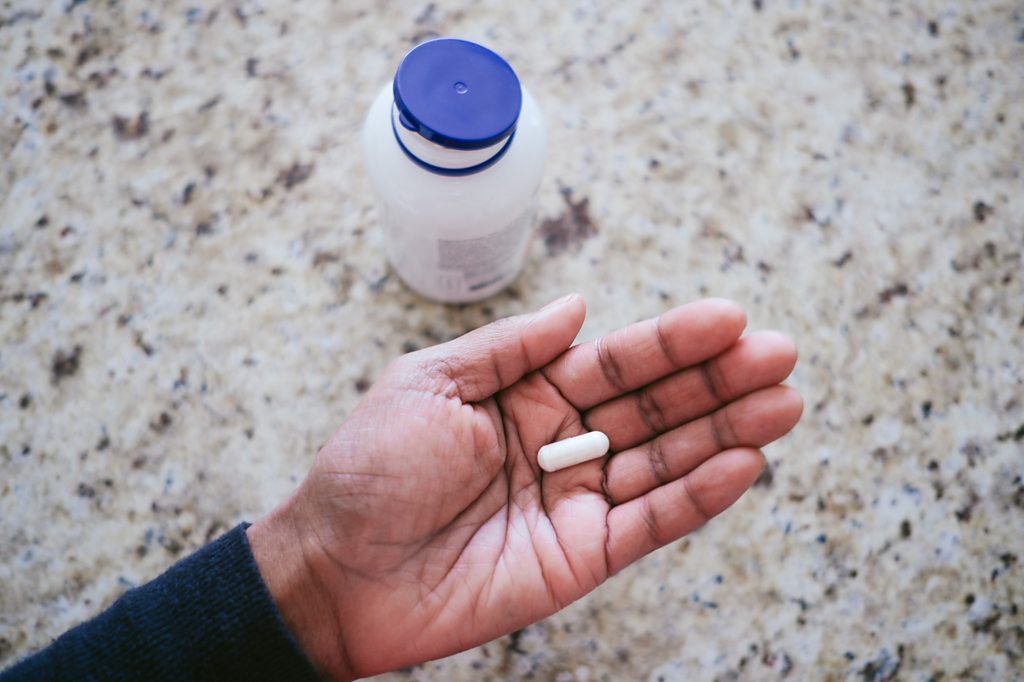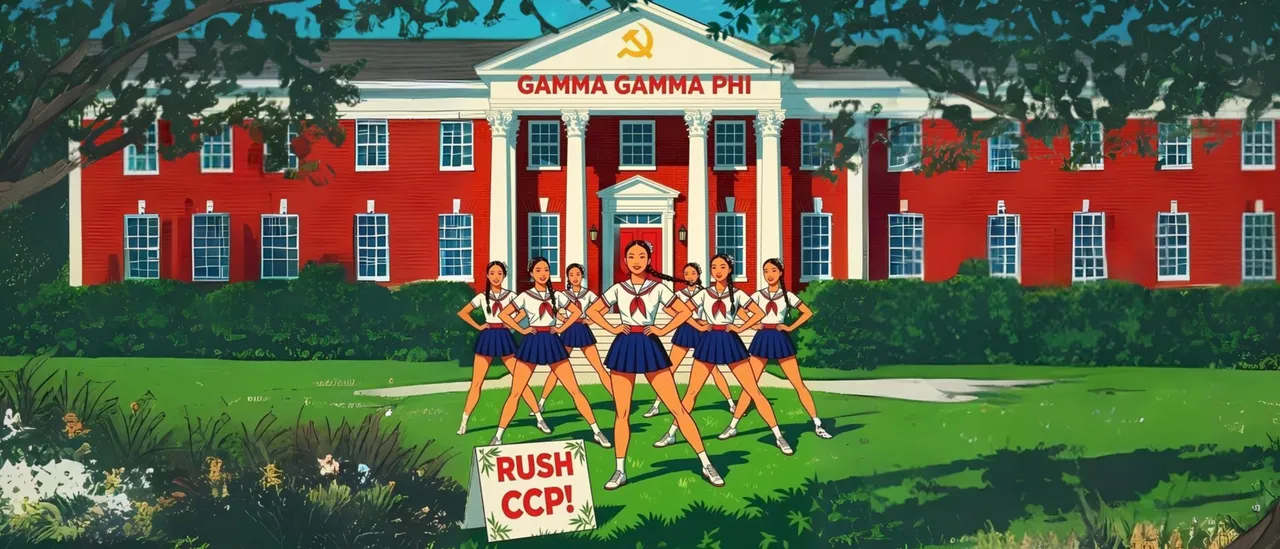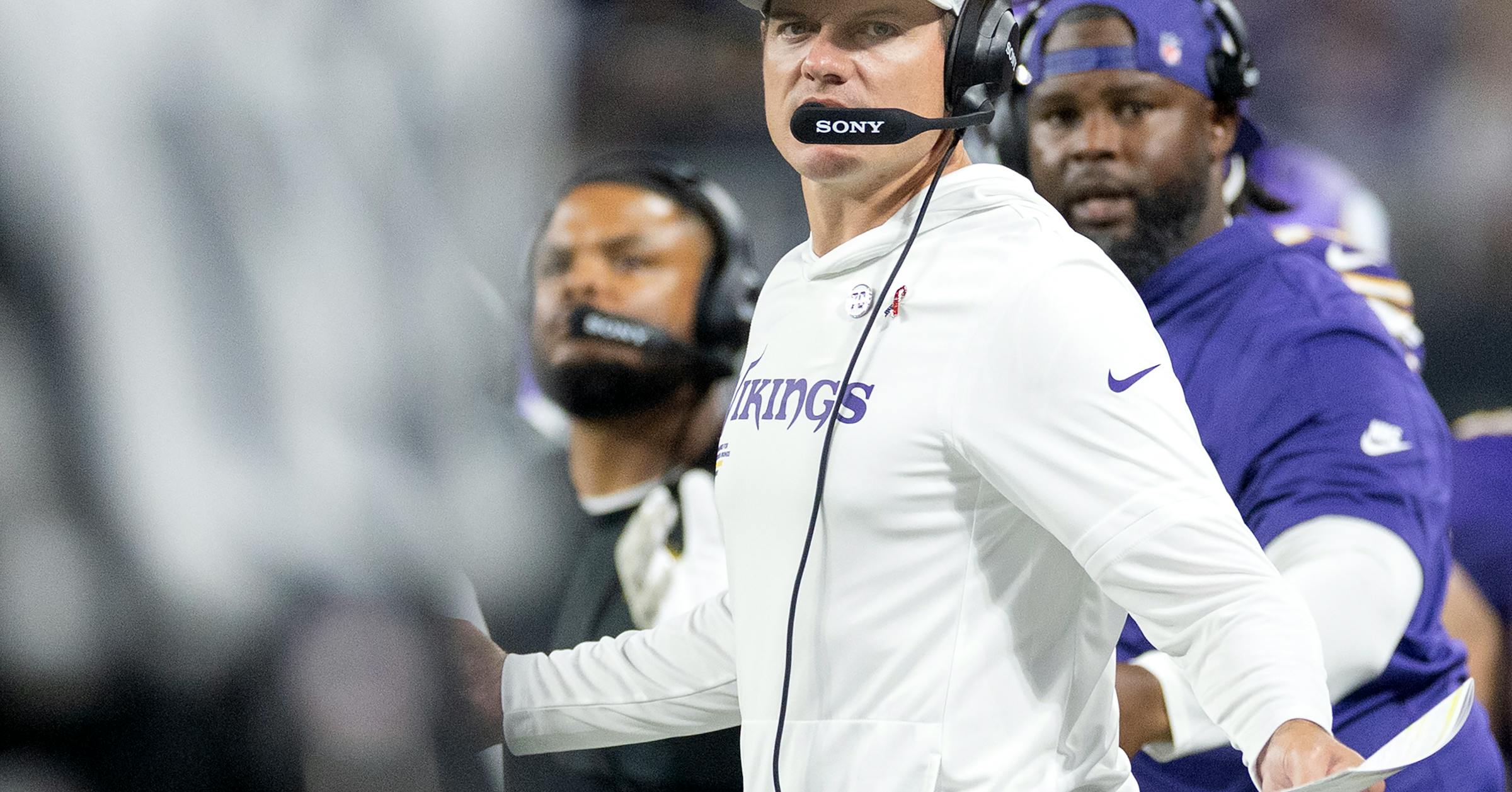
This article is part of “Innovations In: RSV,” an editorially independent special report that was produced with financial support from MSD, Sanofi and AstraZeneca.
Abigail Echo-Hawk believes in the power of storytelling. An Indigenous public health expert, she creates powerful narratives by merging rigorous research with cultural insight—and uses those stories to inform policy and improve health outcomes in Native communities in the U.S.
“I was trained as a scientist, and we’re often told in Western science that we just use the numbers, use the statistics, but those statistics do not tell the whole story,” says Echo-Hawk, executive vice president of the Seattle Indian Health Board and director of its data and research division, the Urban Indian Health Institute (UIHI). “As Native people, we have always utilized story for passing down oral traditions, whether it was for our medicines or knowing how to chart our way across the oceans or across the plains to follow the buffalo.”
On supporting science journalism
If you’re enjoying this article, consider supporting our award-winning journalism by subscribing. By purchasing a subscription you are helping to ensure the future of impactful stories about the discoveries and ideas shaping our world today.
Echo-Hawk says tribes are using their stories to drive powerful, culturally grounded solutions to health crises in their communities, including respiratory syncytial virus (RSV), a respiratory illness that disproportionately affects American Indian and Alaska Native children, particularly infants.
For Native families, RSV isn’t just another childhood illness; it’s a public health crisis. According to a study , American Indian and Alaska Native infants under six months old in Alaska’s Yukon-Kuskokwim Delta faced RSV hospitalization rates of 132 per 1,000 each year during the 2019–2020 RSV season, while those in Chinle, Ariz., located on the Navajo reservation , were hospitalized at a rate of 83 per 1,000. These rates are among the highest in the world. In contrast, the average RSV hospitalization rate for all U.S. infants under six months old is 26 per 1,000.
At UIHI, Echo-Hawk and her team have organized community-based public education campaigns to promote RSV prevention measures, such as monoclonal antibody injections, for American Indian and Alaska Native infants and toddlers.
A member of the Pawnee Nation of Oklahoma, Echo-Hawk’s work spans a wide range of Indigenous public health and safety issues, including maternal and child health disparities, the effects of the COVID pandemic and the disproportionately high rates of Missing and Murdered Indigenous People (MMIP).
She has also written extensively on what she calls “data genocide”—the systematic erasure or misrepresentation of Indigenous people in health data—and fights to ensure that their communities are accounted for in the statistics that shape public health decisions and determine how critical funding gets allocated.
Scientific American spoke with Echo-Hawk about her work on RSV in Native American communities in the U.S., the role of UIHI in addressing Indigenous health and the ways that culturally tailored public health strategies can save lives.
[An edited transcript of the interview follows.]
How does UIHI differ from other public health organizations?
As a tribal epidemiology center, we see the impacts of the colonial determinants that have caused health disparities among the tribes, but we also know that our survival is a result of the strength and cultural well-being of our communities.
We are a group of researchers and epidemiologist evaluators [who investigate efficacy of public health programs] utilizing the most rigorous Western science with some of the best training in the nation. We are also rooted in cultural value systems, and everything we do is for the love of our people—not because we can publish something. We are here for the people, which means our dedication to the cultural values isn’t just something we say, it’s something we live, and we are going to do whatever it takes to ensure the well-being of our communities.
What brought RSV to your attention as a public health priority?
When I first came on at UIHI in 2016, RSV was something that was immediately brought to my attention. Starting in late 2019, early 2020, we were seeing increases in transmissions and hospitalizations impacting our babies and our elders. And it’s our responsibility, from a cultural perspective, to ensure their health and well-being because I see them as my relatives.
So we began to work across Indian Country with other organizations to identify where there were opportunities for public awareness and RSV. Where was there good work going on? Where did people need resources? How do we provide the support to get folks the information that they needed around RSV?
How would you describe the burden of RSV in Native communities?
Our children and our elders are more likely to contract RSV, and as a result, they’re also more likely to end up in the hospital. That means parents and caregivers have to take time off work, and that impacts them economically. They may not have access to an Indian Health Service hospital because there aren’t very many. So when they go into a larger hospital system, that’s a cost to their tribes, who have to do everything they can to help pay for those hospital stays.
Native people have been harmed as a direct result of the colonial policies of reservations, the underfunding of the Indian Health Service, the lack of access to PPE [masks and other protective equipment] and now, in some areas, the targeting of the Native community to increase vaccine hesitancy. So our babies end up in the hospital with RSV.
A monoclonal antibody for infants and a maternal vaccine to help prevent severe RSV in infants became available in 2023, as did vaccines for older adults. What does equitable access look like for Native families?
There haven’t been enough efforts to ensure equitable access for Native people. That would mean that American Indian and Alaskan Native children and elders are put to the top of the list and prioritized for access to these drugs, and [it includes efforts to ensure that] the appropriate public health information is shared on these vaccines.
Under the previous administration, we had a grant from the [Centers for Disease Control and Prevention] to provide vaccine information. We do not have that anymore. The Trump administration ended it, so we’ve actually seen a decrease in what would be an equity-based effort. Without our community getting that information, how are they going to make that decision?
We already know that in rural areas, there’s a lack of access to not only pediatric [hospitals] but any kind of hospital, so, because of the funding cuts, we’re going to see that grow even more.
Given the history of epidemics and infectious disease in Indian Country, how do you address skepticism or misinformation about these RSV preventatives among community members?
One of the things we continue to see are the attacks on vaccines from the antivax crowd and what they see as the potential risk versus the benefits of vaccines. We saw an uptick in Indian Country on vaccine hesitancy, and we actually saw the targeting of Native people by antivax people, which decreased trust in these very well-researched vaccines that hold great benefit for American Indians and Alaska Natives.
We’ve also seen a decrease overall in childhood vaccinations in tribal communities since 2020. This is a deep concern to me as a tribal member and as the director of an organization that is tasked with getting the appropriate scientific and cultural information out to our communities because these are the relatives and family and community that I love.
One of the things we continue to message is that when we take care of ourselves, we’re taking care of others. And we want to make sure that our children and our elders get the appropriate vaccinations so that if they were to contract RSV, they’d be at less risk for severe symptoms. It just protects our community overall.
During the peak of the COVID pandemic, tribes led the way in national public health initiatives because of their role in testing and deploying vaccines at their health facilities across the country, not only for their own tribal members but also for the general public.
We were the most effective in the nation, I would say, maybe even in the world, with the COVID vaccines. And so it’s been disappointing to see that fall off as this attack on vaccinations is happening at the highest levels. Vaccine hesitancy is not going to have the same impact in the white, non-Hispanic community, who aren’t living in overcrowded situations, who have access to clean hot water to wash their hands and who have access to PPE, such as masks, when they’re not feeling well. Whereas in the Native community, we are going to see people die.
How has UIHI worked to close data gaps?
We are always underfunded because we’re always undercounted. “Data genocide” is the elimination of American Indians and Alaska Native people in the data that directly results in the lack of resources that we are due for quality health care and access to things like vaccines.
Data genocide is directly tied to the underfunding of the Indian Health Service, so our people are more likely than any other ethnic group to be racially misclassified in the data. When Congress gets the numbers on the impact of, say, RSV or flu, our numbers are reported much lower than what they actually are. So we don’t get the correct allocation of resources, and there are times where we can’t show the impact of RSV in the Native community—which we know is disproportionately high.
As a result of bad data, the initial money that came from the [Coronavirus Aid, Relief, and Economic Security] Act during COVID was a misallocation for Indian Country because the data [Congress] used were so faulty. So that is the direct impact of not having the correct data.
We’re working to educate and inform members of Congress so that they are including these data in their bills, and we’ve seen significant success.
You said that storytelling is a critical part of your work. Why is that?
Story connects to humanity. Story creates meaning. The data are a component of it but can never be all of it. We have been able to create meaning that not only connects with Indigenous peoples but is also, I believe, becoming the standard of public health in general because the whole world is waiting for a story. They want to connect to the humanity, and when we do that, we are able to drive significant change.
For example, in 2021 I had been asked to testify in front of the Health, Education, Labor and Pensions Committee in the U.S. Senate to talk about health equity. I decided this was the opportunity to tell the story of what was happening around COVID in Indian Country. I presented a report that told my personal stories, and those from within the community, of people who were dying—people who sat in cars outside of hospitals while their relatives died inside without them being present.
I told the story of my own cousin, who passed away because there were no ventilators available in the hospital where he was a patient. And in sharing those stories, Congress was able to feel the impact of individuals, families and communities who were directly suffering. That has been widely cited across academia and to community members. Out of nowhere, there was a tribal group in Michigan who put up billboards across the state to encourage their people to report their race and ethnicity because of the power of that storytelling.
So when we bring the stories of the relatives and of the communities that are tied to those data, we move their hearts, and we move them into action.



